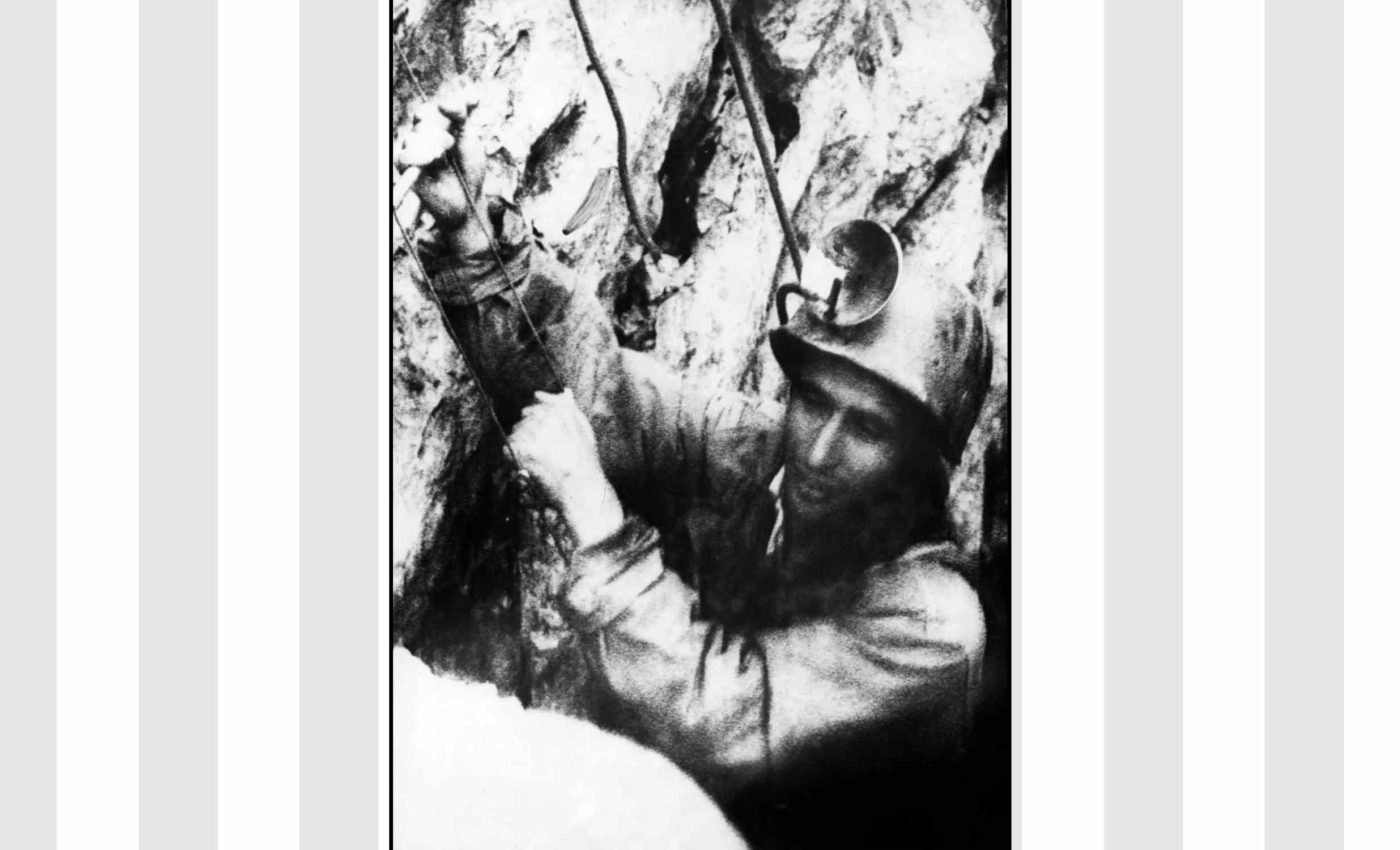
Geologist who accidentally discovered humans have an 'internal clock' by spending 63 days underground
Michel Siffre from the Sorbonne spent 63 days in a dark and icy cave, cut off from clocks, sunlight, and conversation. When he emerged in a disoriented fog, he realized that his perception of time had unraveled way more than he had expected.
The curious results from his subterranean stay turned into a whole new chapter in the study of chronobiology, which examines how living creatures keep time within their bodies.
Michel found himself at the center of a movement that would later connect to everything from jet lag to space travel.
A surprising pursuit
In 1963, Siffre planned to stay underground for 15 days to study a glacier.
He soon realized that this time would not be enough, so he decided to push past normal limits and live beneath the surface for more than two months, relying on basic supplies and no timekeeping devices.
“You have to understand, I was a geologist by training,” said Siffre. He stripped away external markers of day and night, and was content to note his daily activities while losing track of how the outside world ticked along.
Unlocking an internal clock
His most astonishing takeaway was that people have a personal timer that keeps ticking.
Separated from sunrise, standard schedules, and everyday routines, he uncovered an internal clock that slowly drifted beyond the standard 24-hour day.
“Without knowing it, I […] created the field of human chronobiology,” explained Siffre. Free from external prompts, his circadian rhythm slid into a longer pattern, suggesting that our bodies don’t always stick to the planet’s day-night spin.
The body’s clock works differently in isolation
Other people who followed Siffre’s method – and sometimes worked alongside him – saw similar results. Their sleep-wake cycles bent and stretched, sometimes reaching absurd lengths, including instances of 33 hours of sleep and 72 hours of wakefulness.
One subject even wore a microphone, prompting panic when he didn’t stir for more than a day. Researchers initially feared he had died.
These unpredictable shifts proved that the body’s timing system operates independently and erratically when left to its own devices.
Unexpected interest in internal clock findings
The Cold War era was in full swing, and NASA wanted to understand how astronauts might cope with time shifts away from Earth’s regular day.
Military programs also became curious about best practices for submariners, who spent lengthy intervals away from natural light.
Research teams observed that these extended hours of wakefulness and rest could pose unique challenges, and support arrived swiftly to probe deeper into what happens when people are removed from typical time cues. NASA’s backing highlighted the immediate value of Siffre’s discoveries.
Relevance in modern science
Today, scientists continue exploring how disrupted sleep patterns can throw off hormone levels, mood, and even immune function.
Shift workers benefit from an understanding of these natural cycles, and knowledge gleaned from cave experiments helps guide strategies to minimize fatigue.
Some experts also link out-of-sync body clocks with heightened health risks.
The 2017 Nobel Prize recognized further breakthroughs on the genetics behind internal clocks, also known as circadian cycles. This gave a nod to the foundations laid by bold adventurers like Siffre.
Criticism and caution
From day one, his work stirred a lot of chatter. Some observers argued that his approach seemed reckless or theatrical, while others worried that placing people in such extreme isolation might bring undue stress.
Questions were also raised about the potential effect of human presence on delicate underground life.
Still, the push to clarify how biology maintains time overshadowed those doubts, and Siffre’s name became associated with gritty persistence and unexpected scientific impact.
Siffre’s legacy of timing
His method won supporters who saw its practical side. There was particular excitement over data on how the body adapts when divorced from external time prompts.
This offered a window into biological machinery that touches nearly every corner of health and performance.
He showed that patterns of rest and activity can stray far from the familiar 24-hour day.
More importantly, he demonstrated how resilient people can be when conventional signals are stripped away, sparking conversations among physiologists, psychologists, and government agencies alike.
Reflections on exploration
Siffre’s work revealed that stepping away from clocks goes beyond missing a few appointments. It underscored how powerfully our inner timer enforces its own schedule, even when we don’t realize what’s happening.
These revelations opened the door to studies on how rhythms shift during space missions or across hectic flight schedules.
They offered practical solutions to reduce the strain of unusual work shifts, prevent mental fog, and potentially lower disease risks.
He never expected a geological side-trip to ignite a deeper understanding of how the human system handles time.
But the power of curiosity – and a willingness to live alone in absolute darkness – proved that we can learn much by trading daylight for the faint glow of a single lamp.
—–
Like what you read? Subscribe to our newsletter for engaging articles, exclusive content, and the latest updates.
Check us out on EarthSnap, a free app brought to you by Eric Ralls and Earth.com.
—–













